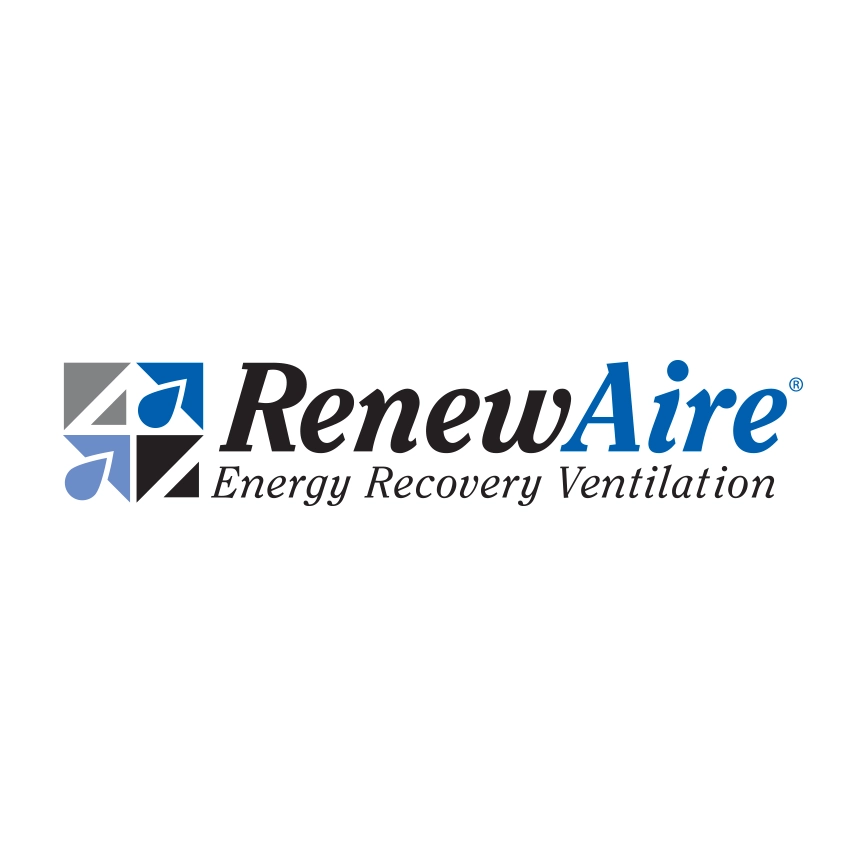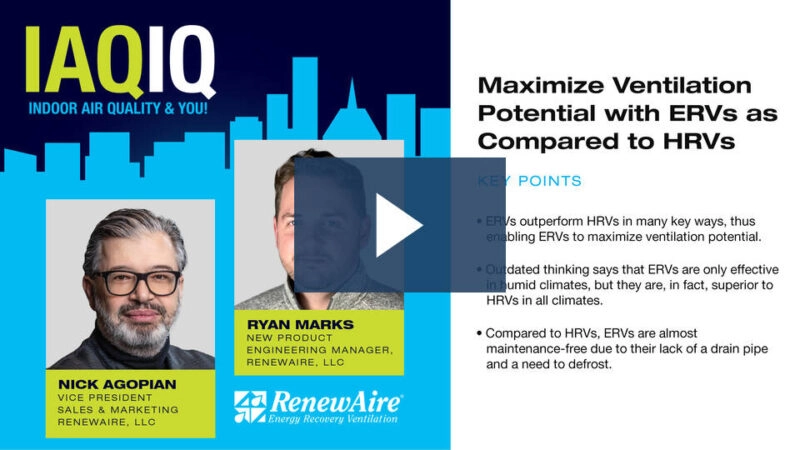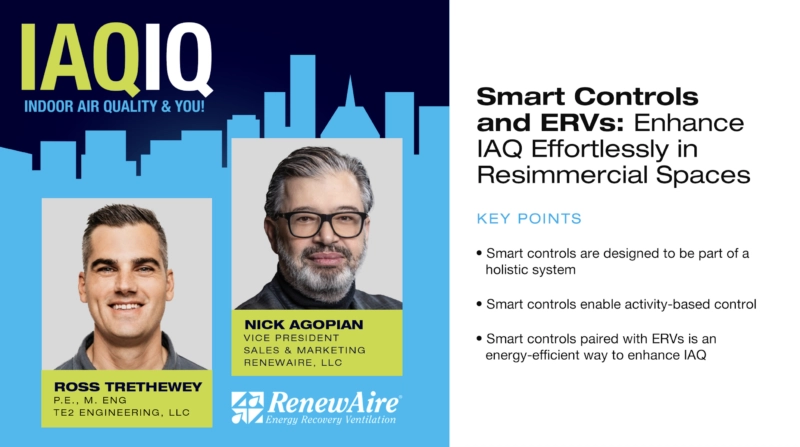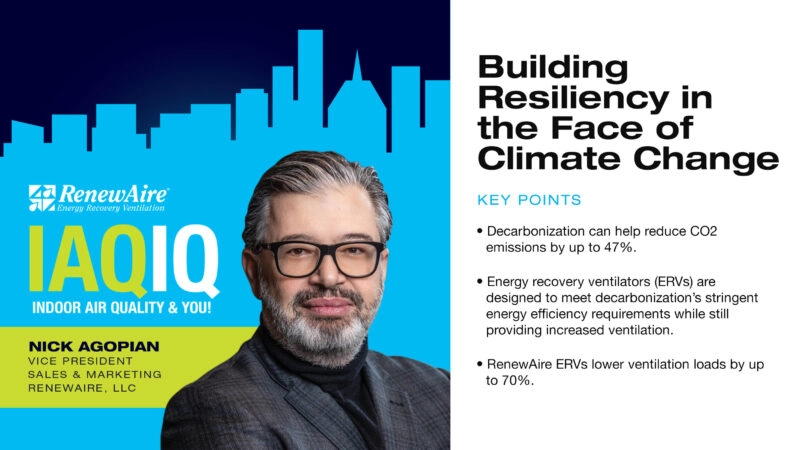Indoor Air Quality & You: Unhealthy Homes and Storytelling
The spaces in which people live and work impact them. More specifically, the building materials and indoor air quality can negatively affect occupants. While regulations and codes take these into consideration, indoor air quality (IAQ) is still a challenge in the new well-sealed home.
Host of IAQ IQ: Indoor Air Quality and You hostTyler Kern spoke Nick Agopian, VP of Sales and Marketing at RenewAire and Paul Raymer, Chief Investigator at Heyoka Solutions, on the topic. Raymer has a long career in the industry, including publishing books on ventilation, starting companies, and teaching on the subject. He’s also used his knowledge to write science fiction novels.
First, Raymer described sick building syndrome. “It came from office workers who had headaches and respiratory problems because of their environment. They went home unhealthy due to materials.”
Agopian added, “Ventilation, in general, is critical for indoor air quality.” While older structures had “drafty” windows, they also had natural ventilation. Then the focus became energy conservation and sealing the envelope.
Unfortunately, that left chemicals with nowhere to go. It’s not just the original chemicals that are a threat. Nick said, “These reactions from chemicals are slow, and what’s even worse is how the chemicals react with each other to create children toxins that are even more hazardous.”
While those reactions take a long time to present symptoms, Raymer’s knowledge of how buildings can make people sick became plot points in his science fiction writing. While those stories take it to the extreme, Raymer discussed new diagnostic tools to identify unhealthy homes, including genomic techniques and infrared cameras.
The most effective solution to poor IAQ is dilution through increased and balanced mechanical ventilation. IAQ can improve significantly with enough controlled fresh and filtered outdoor air replacing equal parts of stale indoor air through a balanced design. Homes and buildings can achieve this with energy recovery ventilation systems, the most efficient way to solve IAQ quality problems.




